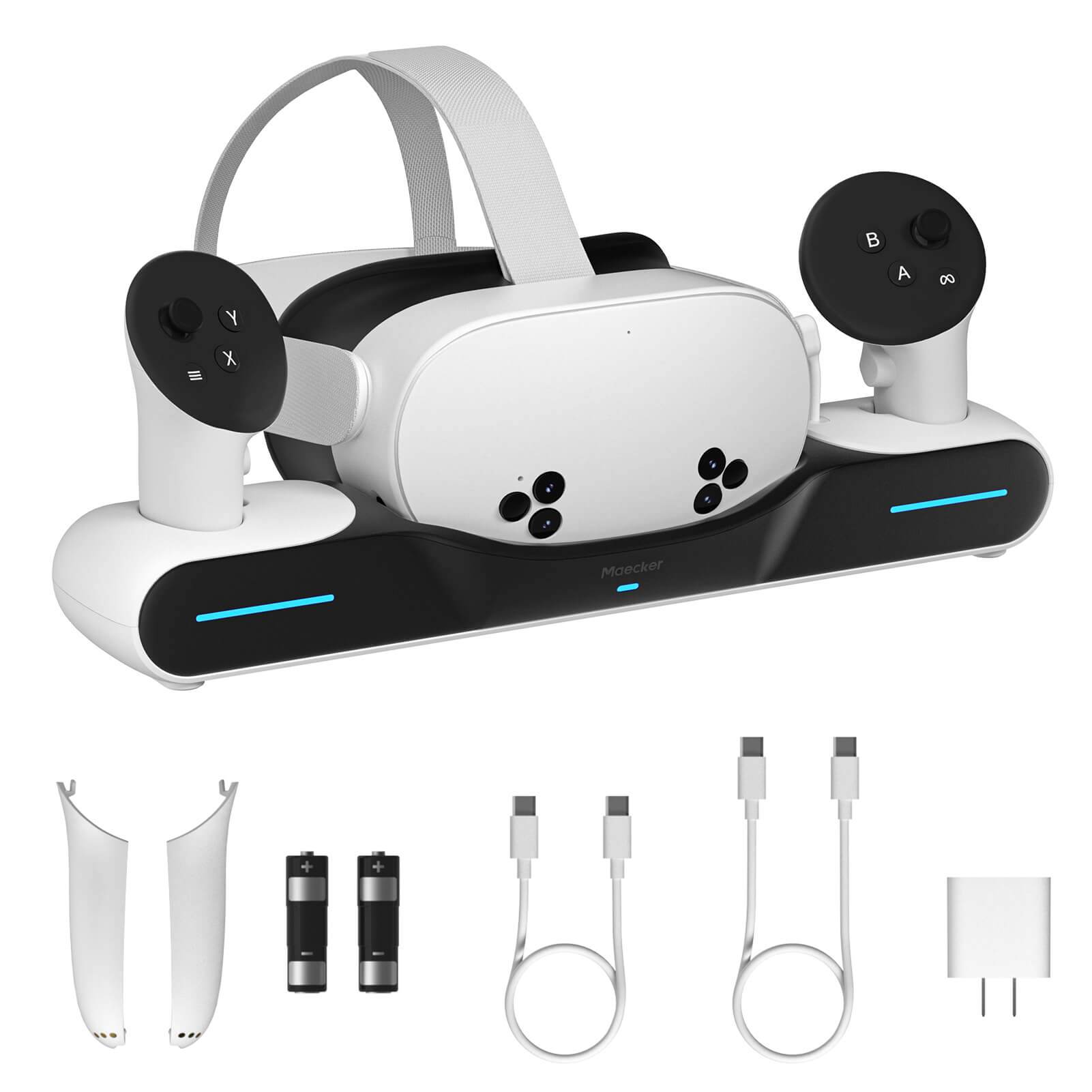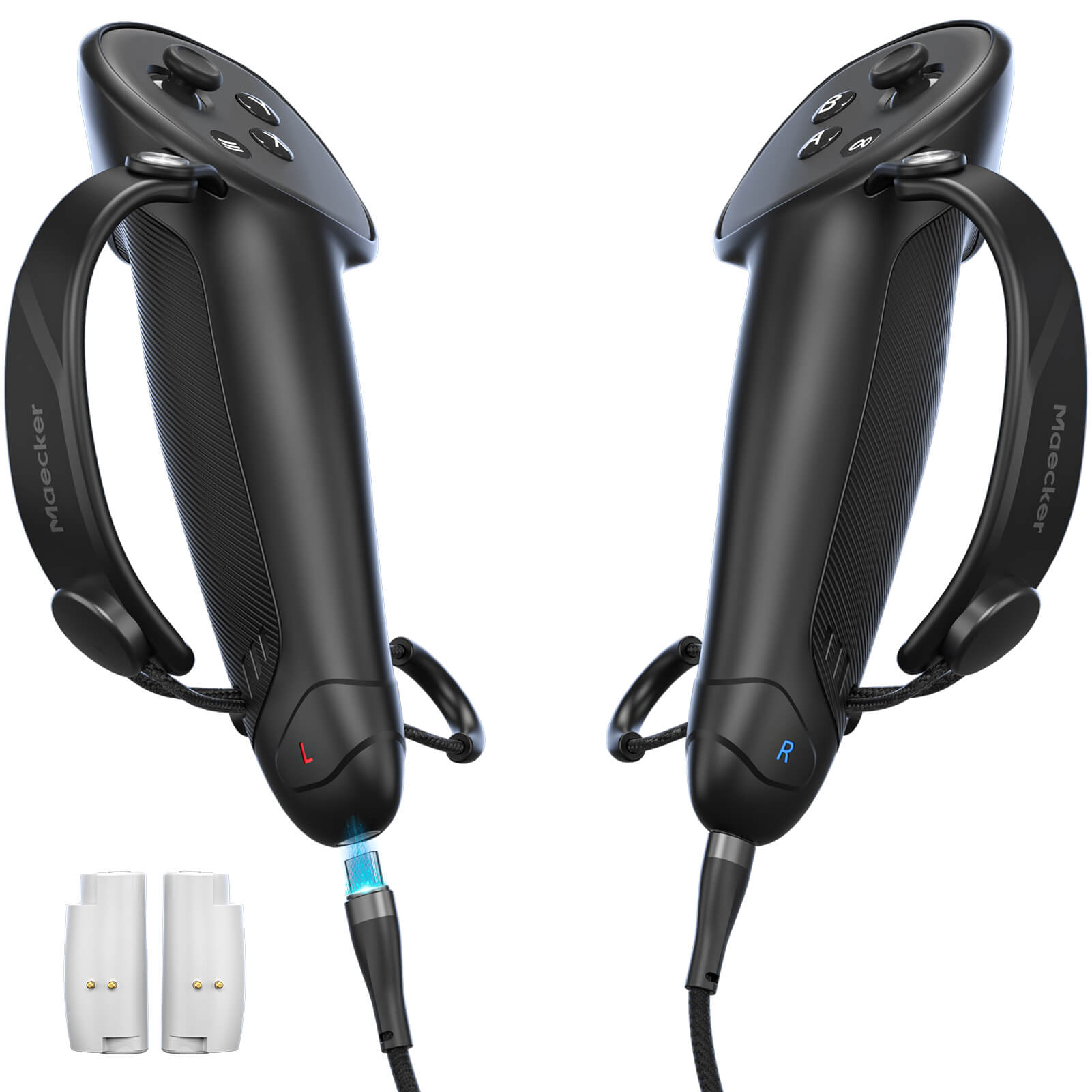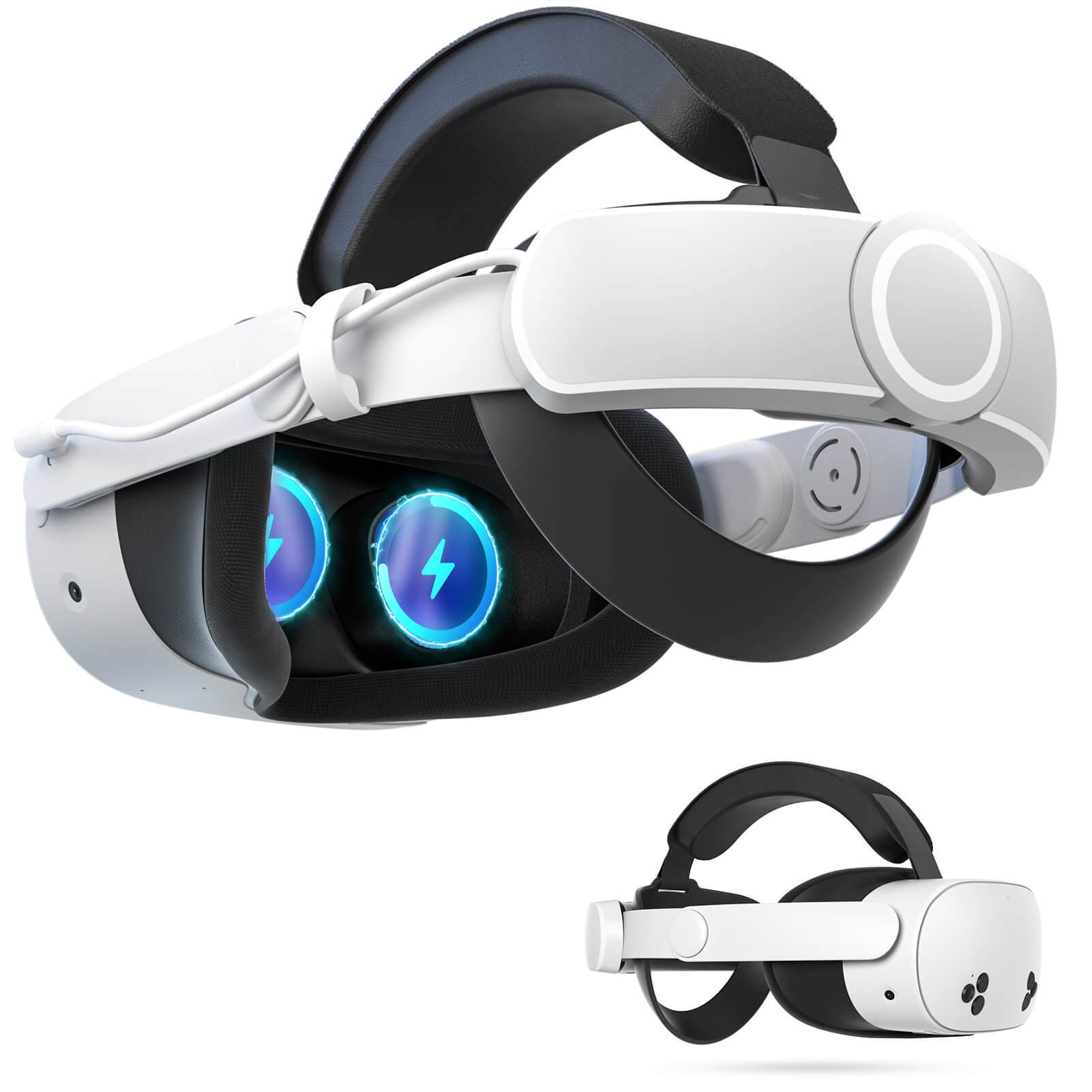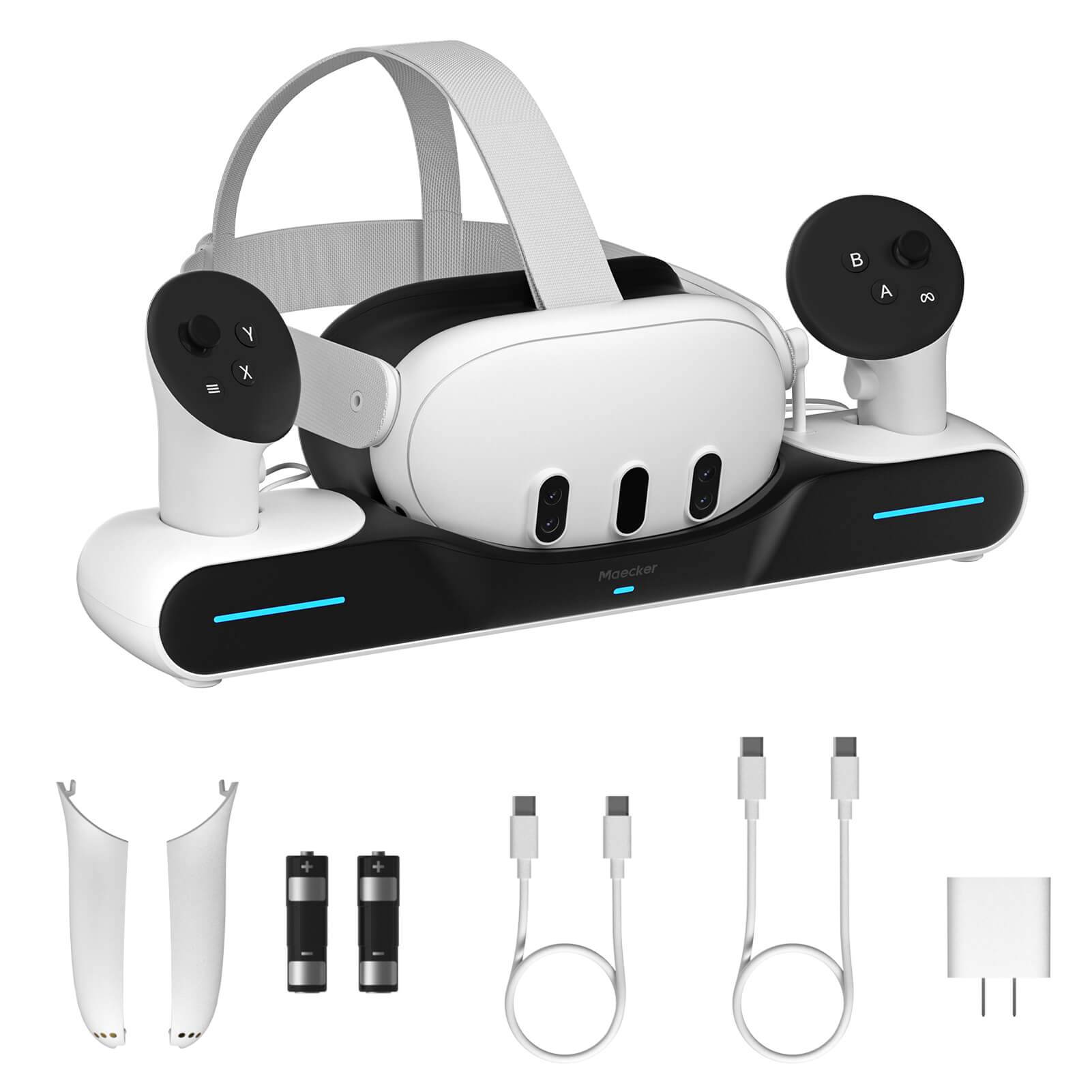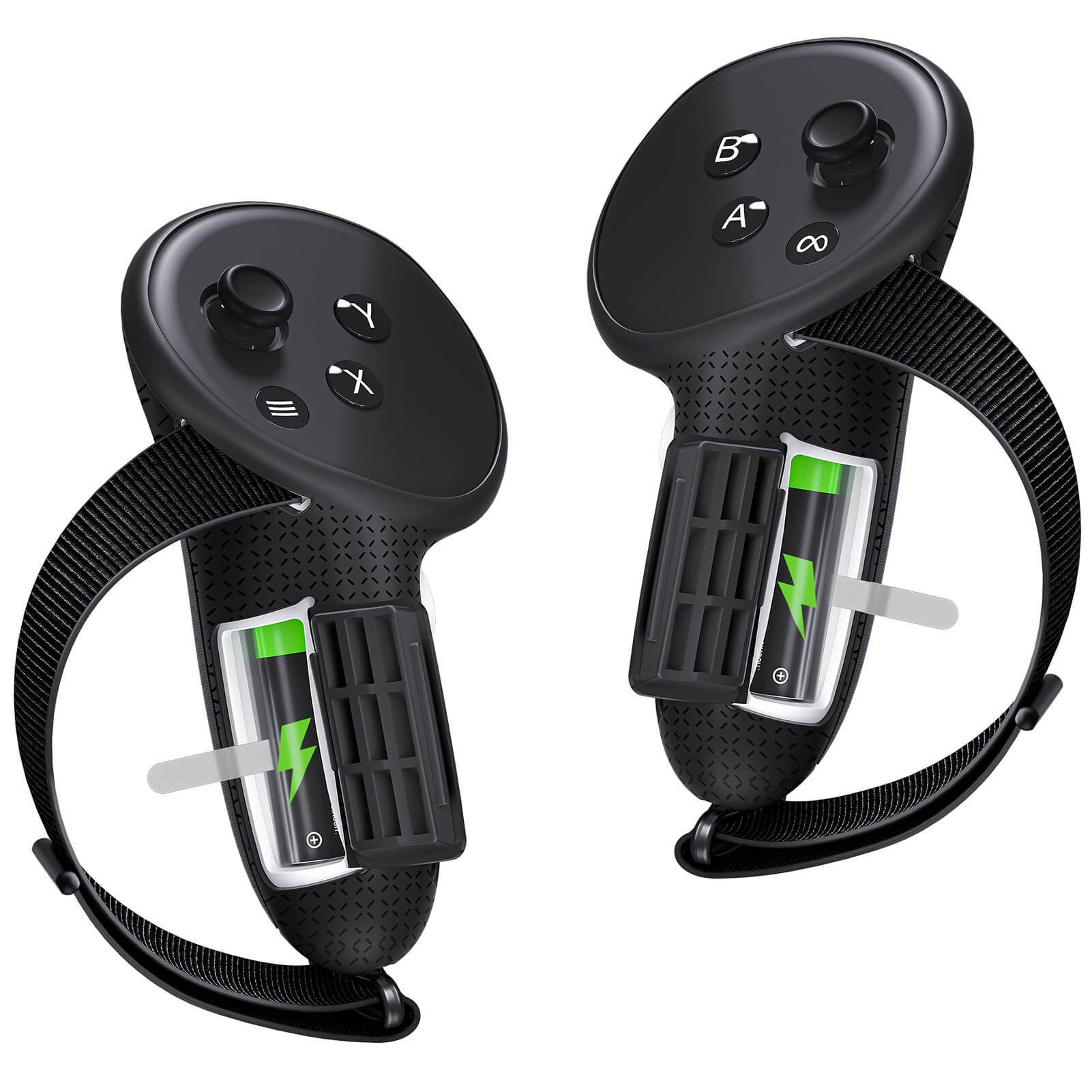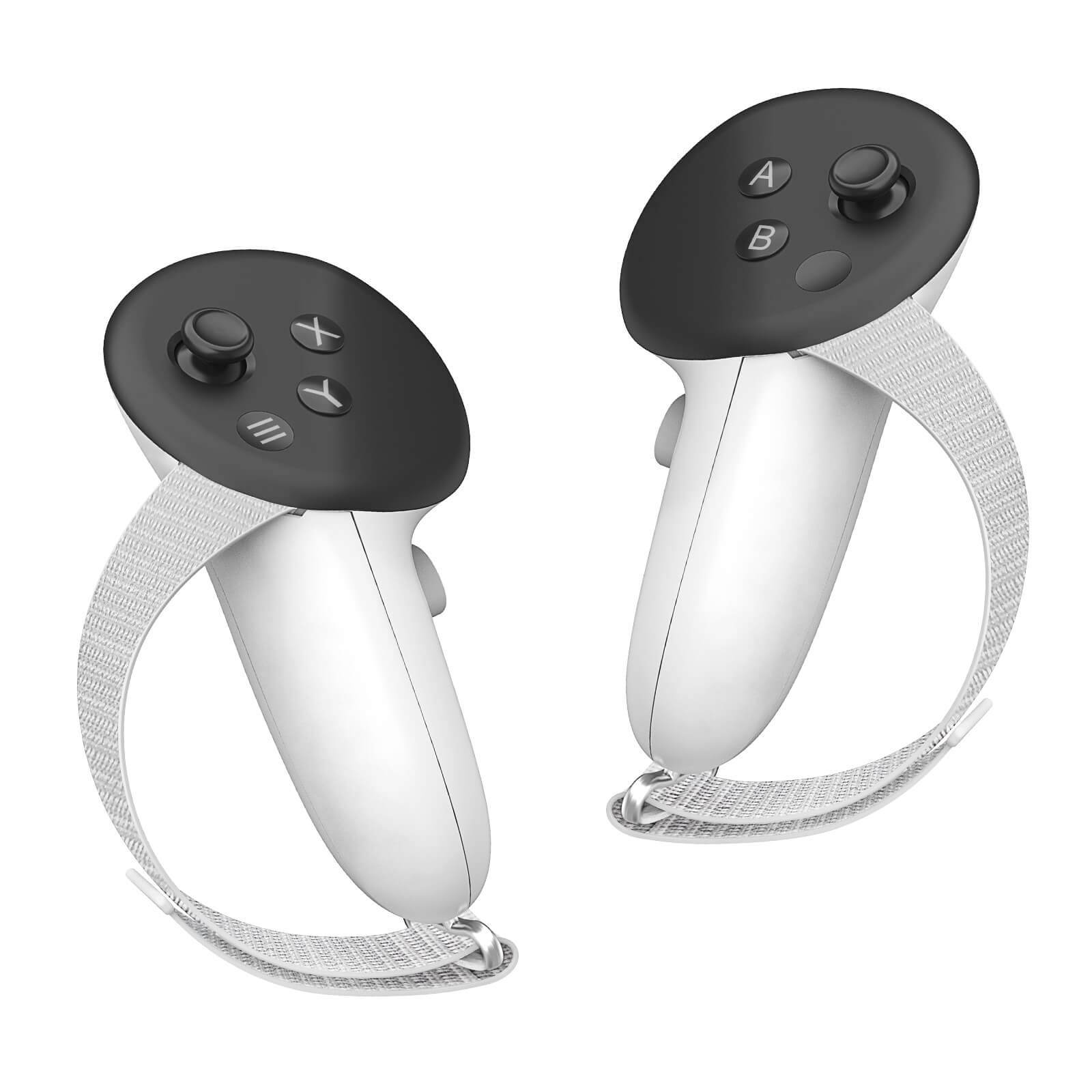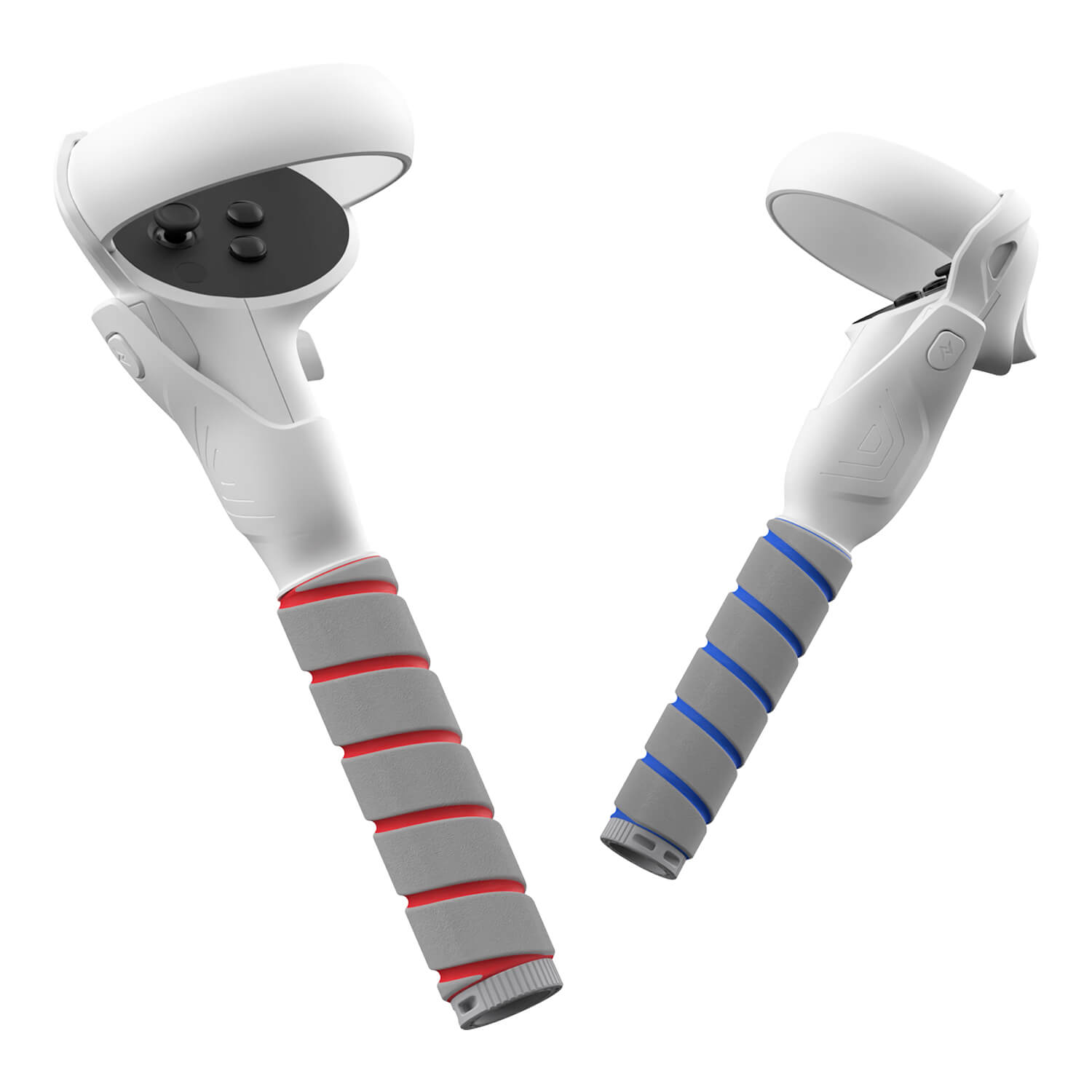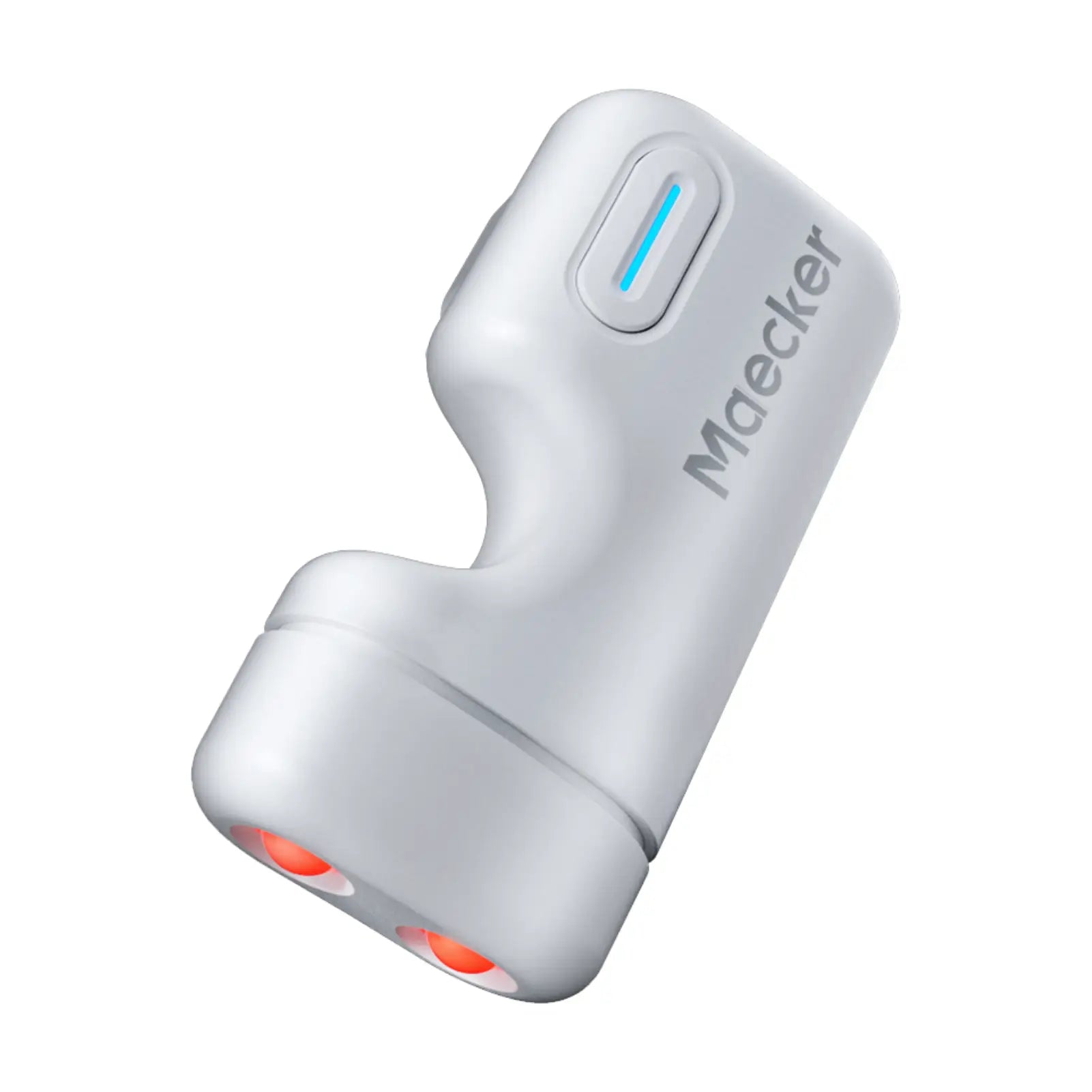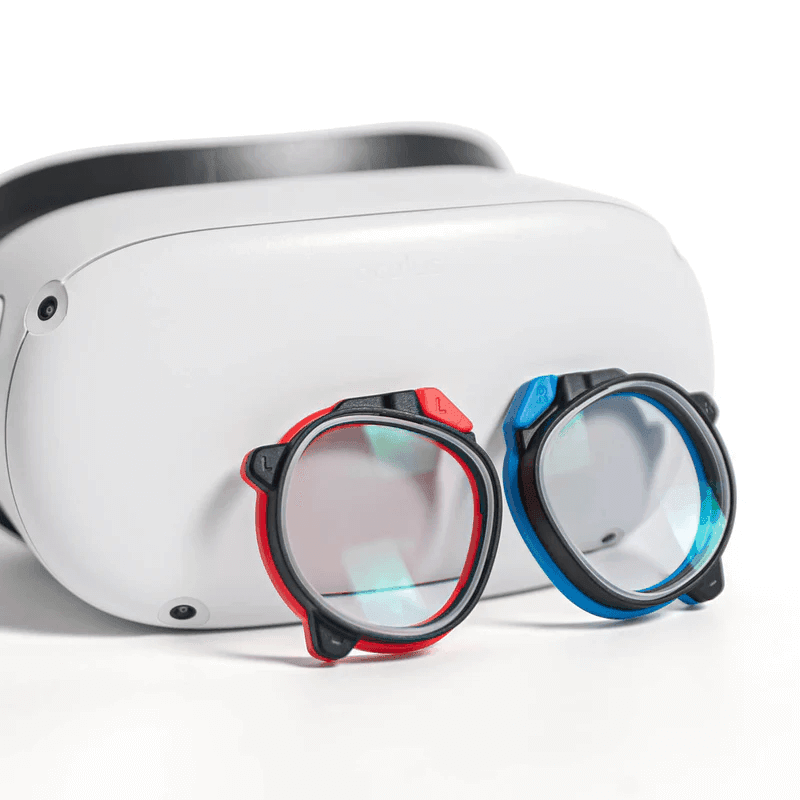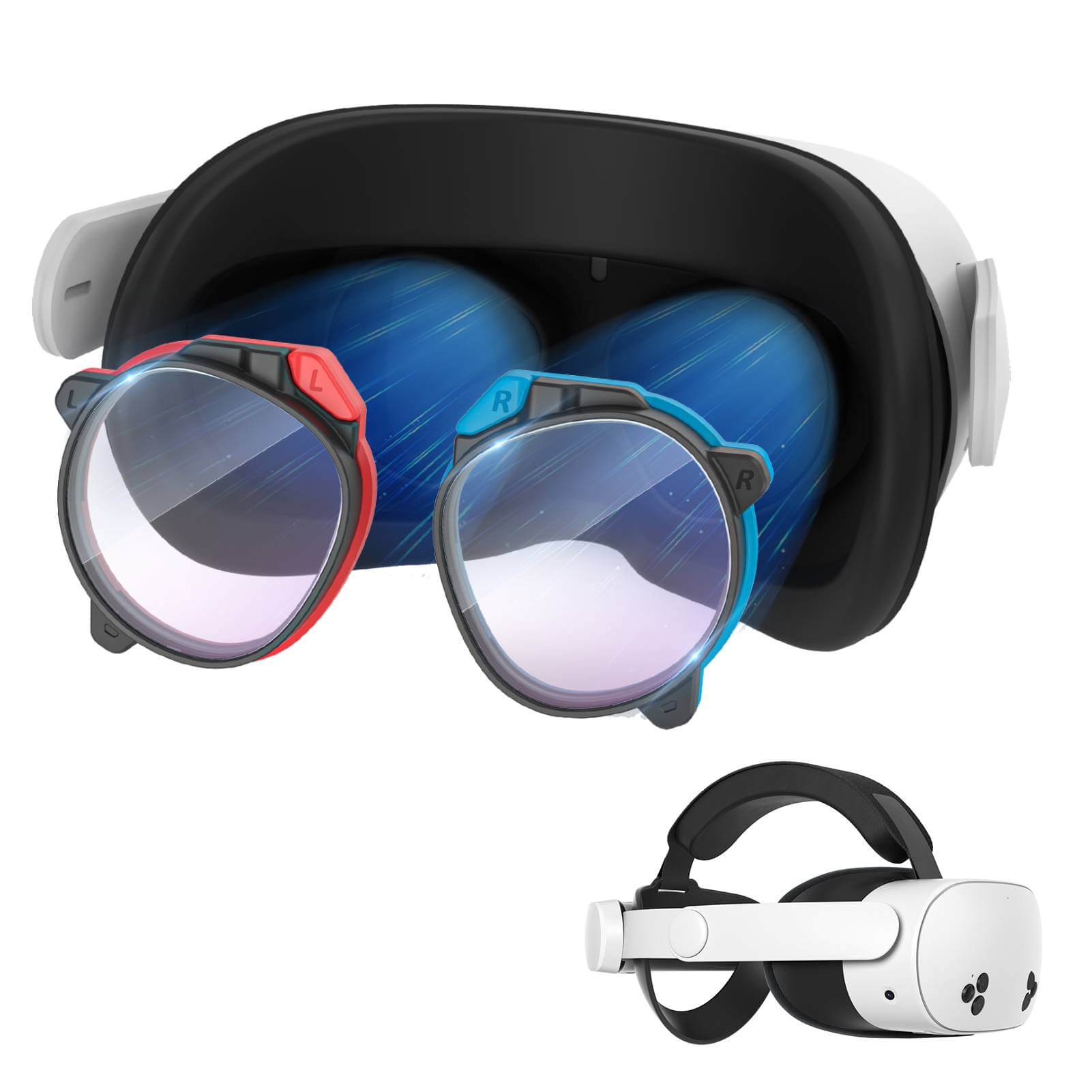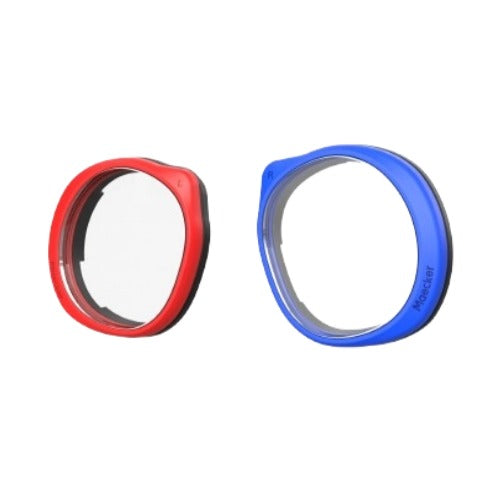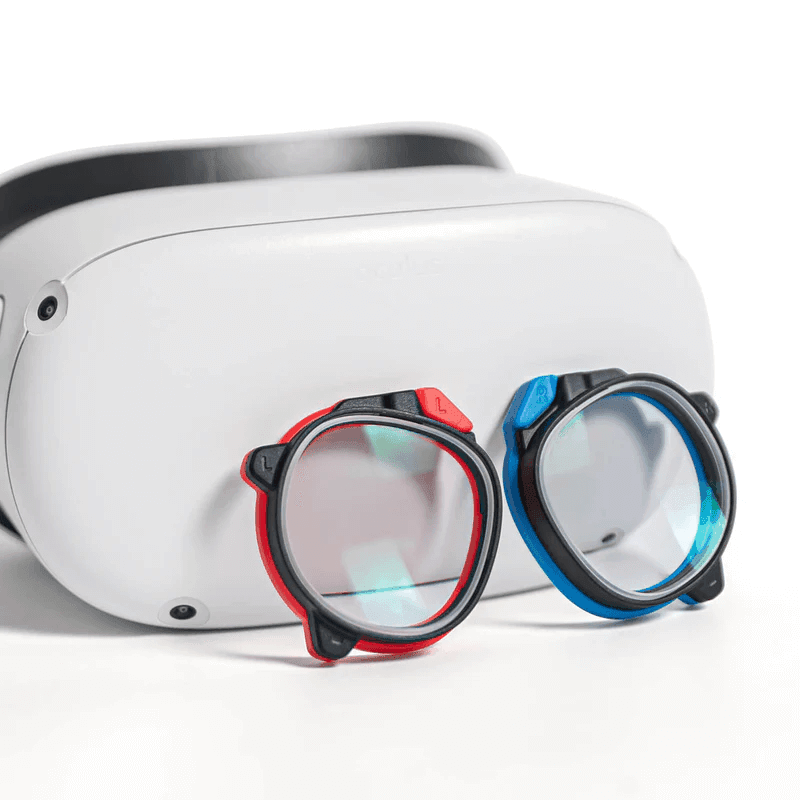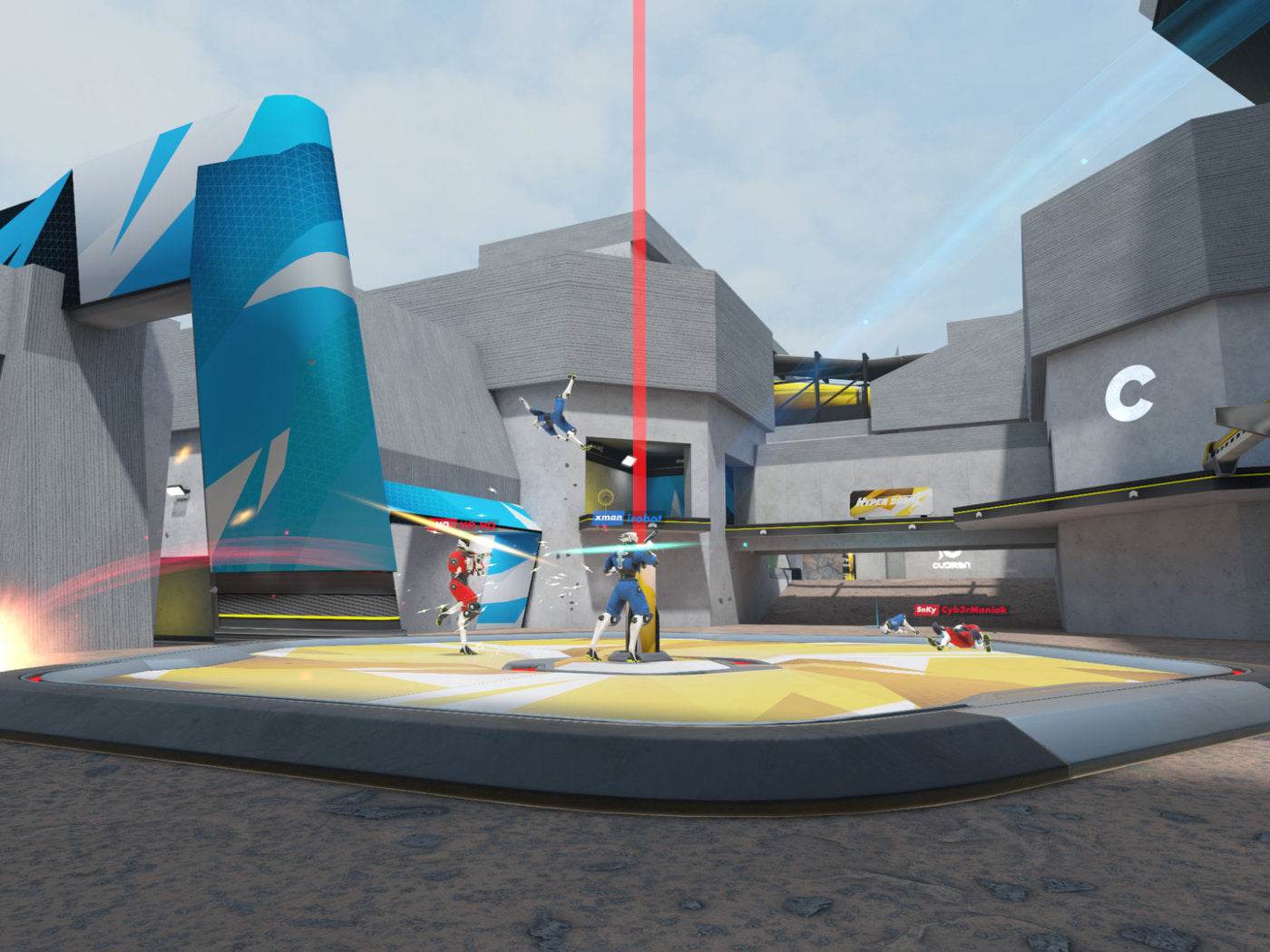Los auriculares Meta Quest son reconocidos por su capacidad de autonomía, que permite a los usuarios disfrutar de juegos inmersivos, eventos en vivo y quedadas virtuales de forma inalámbrica. Si bien esta independencia es una característica clave, Meta ha expandido constantemente el ecosistema con herramientas para conectar los Quest a otros dispositivos.
La aplicación Meta Quest HDMI Link, lanzada en 2024, es una de esas innovaciones que permite a los usuarios conectar sus Meta Quest 2, 3 o Pro a dispositivos externos como portátiles, consolas de videojuegos y más. Esta guía explica todo lo que necesita saber sobre la aplicación HDMI Link, desde su configuración hasta la solución de problemas comunes.
¿Qué es la aplicación Meta Quest HDMI Link?

La aplicación HDMI Link permite transmitir contenido desde dispositivos externos a tus auriculares Meta Quest. Con una tarjeta de captura USB Video Class (UVC) compatible, la aplicación permite que tus auriculares reproduzcan vídeo y audio desde dispositivos con salidas HDMI o DisplayPort. Esto crea una experiencia de pantalla virtual que te permite ver películas, jugar o incluso trabajar en una pantalla grande y redimensionable dentro de los auriculares.
A diferencia de Air Link, que requiere una conexión wifi estable, la app HDMI Link ofrece una alternativa fiable para situaciones donde el acceso a internet es deficiente o inexistente. Esto la convierte en una opción versátil para viajeros, personas que comparten vivienda o quienes buscan maximizar las capacidades de sus auriculares Quest.
¿Por qué utilizar la aplicación HDMI Link?
La aplicación HDMI Link conecta la realidad virtual (VR) independiente con los dispositivos externos, lo que hace que las gafas Meta Quest sean más versátiles que nunca. Es perfecta para quienes buscan una pantalla virtual de alta calidad sin depender de la conexión a internet.
Características principales de la aplicación HDMI Link
-
Compatibilidad del dispositivo
La aplicación es compatible con los auriculares Meta Quest 2, Meta Quest 3 y Meta Quest Pro. También funciona con una amplia gama de dispositivos, como portátiles, consolas de juegos, ordenadores portátiles y teléfonos inteligentes. -
Pantalla de alta calidad
La pantalla virtual ofrece una resolución de 1080p con latencia casi nula, lo que garantiza una experiencia fluida e inmersiva. Puedes ajustar el tamaño y la posición de la pantalla dentro del visor según tus preferencias. -
Usabilidad sin conexión
HDMI Link es ideal en situaciones donde la conexión a internet es un problema. A diferencia de opciones de streaming como Xbox Cloud Gaming, no depende de wifi, lo que lo convierte en una excelente opción para usar sin conexión. -
Aplicaciones versátiles
La aplicación se puede usar para jugar, ver videos e incluso para tareas de productividad como revisar documentos o trabajar en una presentación. Sin embargo, es posible que algunos servicios de streaming no funcionen debido a la protección HDCP integrada.
Lo que necesitas para empezar
Para usar la aplicación HDMI Link se requieren equipos adicionales. Esto es lo que necesitarás:
- Un auricular Meta Quest 2, 3 o Pro.
- Un dispositivo con salida HDMI o DisplayPort (por ejemplo, consola de juegos, computadora portátil, teléfono inteligente).
- Tarjeta de captura USB compatible con UVC que admite 1080p a 60 fps. Se recomienda USB 3.0 para un rendimiento óptimo.
- Cable o adaptador HDMI (por ejemplo, USB-C a HDMI o Lightning a HDMI, según su dispositivo).
- Un cable USB para conectar la tarjeta de captura a sus auriculares Meta Quest.
Cómo configurar la aplicación HDMI Link
El proceso de configuración implica conectar el hardware necesario e instalar la aplicación en tus auriculares. Sigue estos pasos:
-
Descargar la aplicación
Instale la aplicación Meta Quest HDMI Link desde la tienda App Lab en sus auriculares. -
Conecte su dispositivo
Conecte su dispositivo fuente (por ejemplo, computadora portátil o consola) a la tarjeta de captura usando un cable HDMI o un adaptador apropiado. -
Encienda la tarjeta de captura
Si su tarjeta de captura tiene una entrada de alimentación, conecte un cable USB-C para garantizar que permanezca encendida durante su uso. -
Conectarse a los auriculares
Utilice un cable USB para conectar la tarjeta de captura a sus auriculares. Se recomienda un cable USB 3.0 para una velocidad y un rendimiento óptimos. -
Permisos de concesión
Encienda el auricular y conceda los permisos que solicite la aplicación. Esto suele incluir el acceso a la cámara y al micrófono, necesarios para el dispositivo UVC. -
Iniciar transmisión
Abra la aplicación HDMI Link y ajuste la configuración según sea necesario para comenzar a ver su contenido.
Configuración de la pantalla y opciones de visualización
La aplicación ofrece dos modos de visualización principales:
-
Modo de panel
La aplicación HDMI Link se abre como un panel integrado en el menú universal. Puedes cambiar el tamaño y la posición de la pantalla en tu entorno virtual. -
Vista del teatro
La vista de cine maximiza la pantalla para una experiencia más inmersiva. Atenúa los elementos de fondo del entorno, permitiéndote concentrarte en el contenido. Otras opciones de este modo incluyen:- Ajuste de la oscuridad del fondo.
- Cambiar entre vistas de pantalla plana y curva.
- Habilitar o deshabilitar el modo de paso a través.
Para reposicionar la pantalla en la vista de teatro, use el controlador o el seguimiento con la mano para mover la pantalla a la ubicación deseada.
Solución de problemas comunes
Pantalla en blanco
- Asegúrese de que la tarjeta de captura sea compatible con UVC.
- Compruebe que está utilizando la entrada HDMI o DisplayPort correcta en la tarjeta de captura.
- La protección HDCP en aplicaciones de transmisión puede impedir la reproducción de video.
Bajas velocidades de cuadro
- Utilice cables USB 3.0 para evitar un rendimiento lento.
- Verifique que su tarjeta de captura admita la resolución y la velocidad de cuadros de su dispositivo fuente.
- Asegúrese de que los cables estén insertados correctamente y no estén dañados.
Tarjeta de captura no funcional
- Confirme que la tarjeta de captura sea compatible con los estándares UVC.
- Pruebe otros puertos HDMI o DisplayPort en la tarjeta.
- Consulte el manual del usuario para obtener instrucciones de configuración adicionales o comuníquese con el fabricante de la tarjeta.
Accesorios recomendados para Meta Quest
1. Correa para la cabeza con batería para MaeckerVR Meta Quest 3S
2. Correa para la cabeza con batería para MaeckerVR Meta Quest 3
3. Correa para la cabeza con batería para MaeckerVR Meta Quest 2
Conclusión
La aplicación HDMI Link de Meta es revolucionaria para los usuarios de RV, ya que ofrece una nueva forma de interactuar con dispositivos externos a través de tus gafas Meta Quest. Su capacidad para conectarse con portátiles, consolas y más es de gran valor, especialmente para quienes necesitan soluciones sin conexión. Con la configuración adecuada, puedes transformar tus gafas Quest en una potente herramienta de entretenimiento y productividad.

